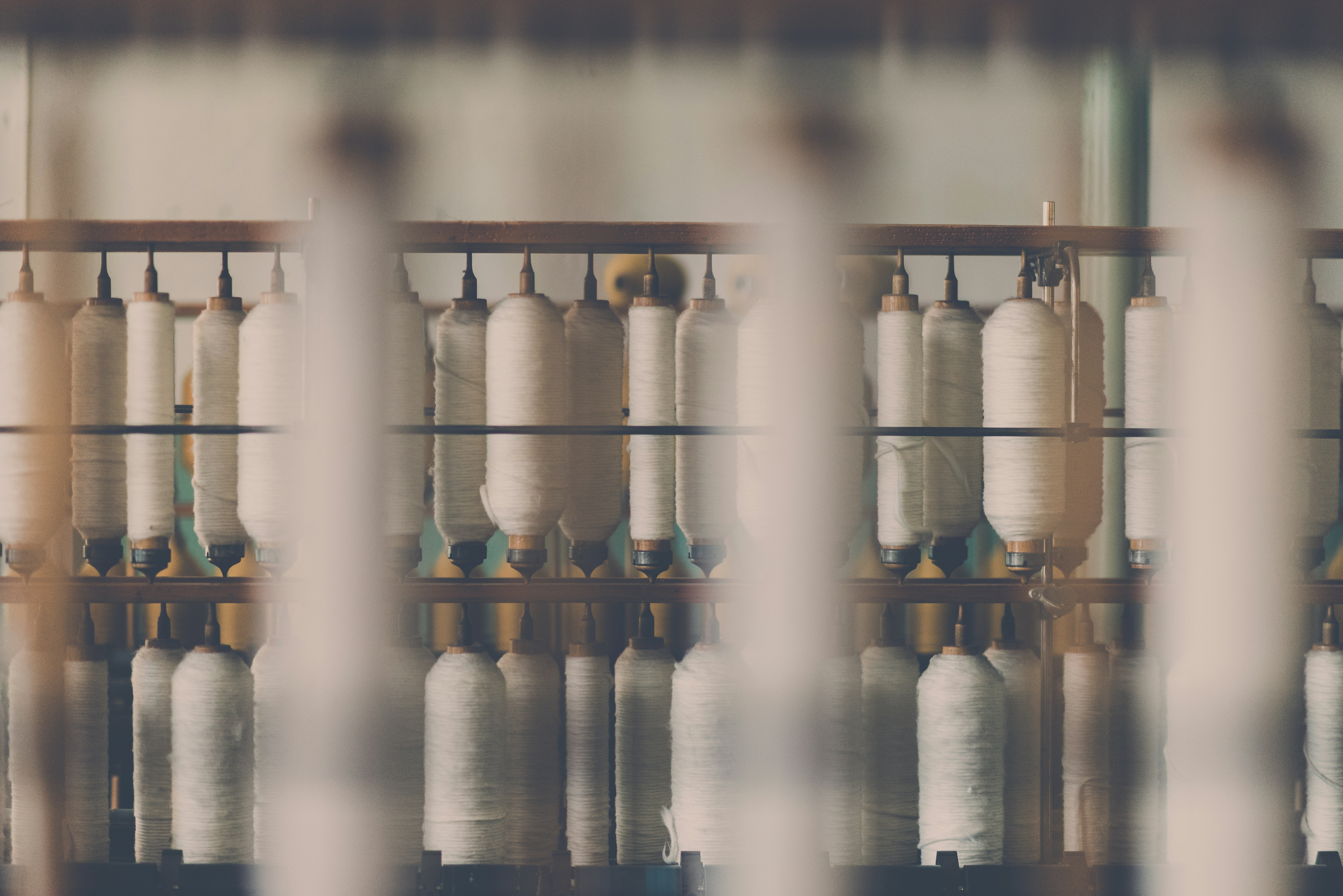Lower Impact Production
The fashion industry is one of the largest contributors to global carbon emissions, with its upstream energy-intensive textile production, currently heavily reliant on fossil fuels.
Understanding the landscape and identifying the main drivers of impact are critical to mitigating the industry’s environmental footprint.
To combat the environmental impact of their operations and achieve science-based targets, fashion brands are increasingly recognising the urgent need to decarbonise their supply chains and focus on indirect emissions (Scope 3). The Fashion Industry Charter for Climate Action estimates a company’s Scope 3 emission to be approximately 99% of the full footprint, compared to 1% from its own operations.
For Scope 1, 2, and 3 definitions click here.
However, transitioning to renewables in supplier factories is not a simple task. It requires substantial investments, often with lengthy payback periods. The financial burden and extended payback time deter many factories from embracing electrification and renewable energy solutions, hindering progress towards decarbonisation goals.
To keep pace we believe we need the combination of both technical support and financial incentives, to make sure the investments are supporting the most impactful projects. There is a broad range of emission reduction measures, from energy efficiency with quick payback to renewable fuel switching technologies with very long payback periods – and suppliers often lack financial incentives to invest in a broad set of measures at the necessary pace.
Synergy among partners is necessary to ensure project alignment and avoid duplicating efforts.
APPROACHING DECARBONISATION ACROSS THE SUPPLY CHAIN

With our decarbonisation approach, we want to illustrate the phases needed to achieve decarbonisation of brands Scope 3 – the area identified as the biggest emitter of GHG, hence the biggest opportunity to reduce emissions and mitigate climate change in line with SBTi.
It is a step-by-step approach requiring to:
- Individually commit and understand your impact as a company, quantify your emissions, including Scope 3 and publicly disclose the progress – in line with The Fashion Charter and the 1.5 degree pathway.
- Increase supplier transparency to identify supplier overlap between brands and understand the potential for impactful joint actions.
- Develop education and technical support for suppliers through-industry wide programmes to catalyse impactful actions. This means capturing reductions from low hanging fruit energy efficiency measures and having suppliers set science-based targets.
- Close the implementation gap towards coal phase out. Further optimising processes while enhancing and electrifying the infrastructure. This needs a dual approach of technical support and financial incentives.
- Scale the transition to lower impact production. Once decarbonised solutions will be implemented it will be crucial to secure access to renewable energy at scale in all geographies.

ADDRESSING THE IMPLEMENTATION GAP
THE FUTURE SUPPLIER INITIATIVE
Collective financing for climate
The Future Supplier Initiative (FSI) is a mechanism for collective financing, enabling both brands and suppliers to get closer to Science Based Targets, with a focus on using less energy and cleaner energy. With FSI we identify and bundle the projects with highest potential for impact within a cohort – comparing suppliers, units, interventions and costs.
Through a collective approach, the FSI eases the financial pressures of decarbonisation from suppliers, with participating brands de-risking loans to enable the transition. The FSI is designed to be a brand agnostic multi-stakeholder mechanism where joint effort across brands, suppliers and organisations is crucial to decarbonise at the pace needed.
The Fashion Pact is actively recruiting brands interested in participating in the Future Supplier Initiative.
To learn more about how to join this collective effort in financing for the climate, please visit the Future Supplier Initiative’s microsite.
Partners: Guidehouse, Apparel Impact Institute (Aii)


SCOPE 1, 2, & 3 DEFINITIONS FOR THE FASHION INDUSTRY
